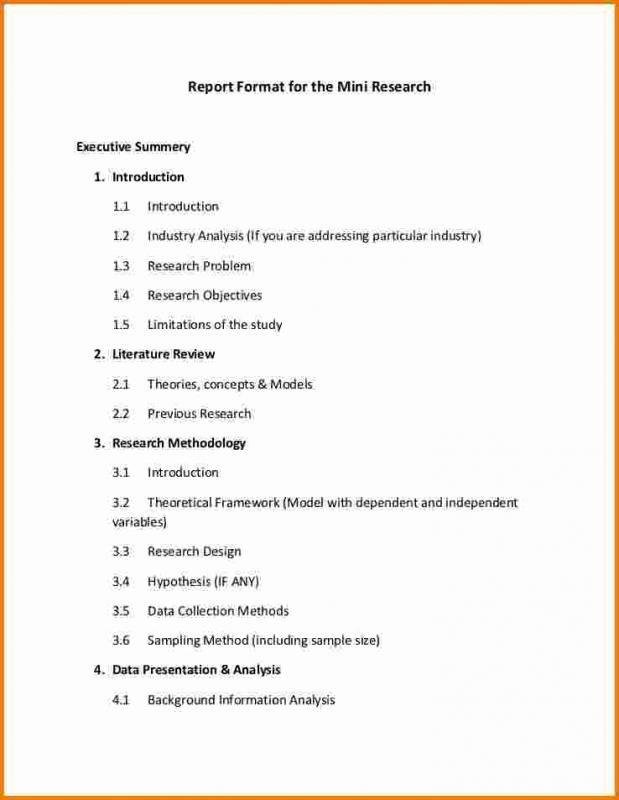mechanics of writing a research report

In the intricate realm of academia, where ideas blossom and knowledge expands, the research report stands as a pivotal vessel for communication. This essential document not only serves as a beacon of illumination for the findings of a study but also as a gateway through which scholars convey their intellectual journey. Crafting an effective research report entails more than merely compiling data; it requires a thoughtful mechanics of organization, clarity, and expression. In this article, we will explore the fundamental components that underpin the construction of a compelling research report—each element, from the introduction to the conclusion, playing a critical role in shaping the reader’s understanding and engagement. By delving into these mechanics, we aim to equip aspiring researchers and seasoned scholars alike with the tools needed to articulate their discoveries with precision and impact.
Understanding the Structure of a Research Report
In essence, a research report comprises several key components that work together to present findings in a coherent and organized manner. Understanding these elements is crucial for any writer aiming to deliver impactful research. The most common sections of a report typically include:
- Title Page: Contains the report title, author information, and date.
- Abstract: A brief summary of the report, outlining the main objectives, methods, results, and conclusions.
- Introduction: Sets the stage for your research by providing background information and stating the research question or hypothesis.
- Methods: Describes the procedures used to conduct the research, including data collection and analysis techniques.
- Results: Presents the findings of the study, often supported by tables and figures for clarity.
- Discussion: Interprets the results, highlighting their significance and how they relate to existing literature.
- Conclusion: Summarizes the key findings and implications of the research.
- References: Lists all the sources cited throughout the report.
Each section serves a unique purpose and contributes to building a narrative that guides the reader through the research journey. A well-structured report not only enhances clarity but also allows readers to grasp complex ideas quickly. Here’s a simple table illustrating a suggested word count for each section, which can further aid in planning your report:
| Section | Recommended Word Count |
|---|---|
| Title Page | Minimal |
| Abstract | 150-250 |
| Introduction | 400-600 |
| Methods | 300-500 |
| Results | 300-500 |
| Discussion | 500-800 |
| Conclusion | 200-300 |
| References | Varies |

Crafting a Compelling Introduction and Literature Review
Every compelling research report begins with an introduction that grabs the reader’s attention while clearly outlining the purpose and significance of the study. A well-crafted introduction should encompass key elements that illuminate the context and the research question. Consider the following points when developing your opening:
- Contextual Background: Provide the necessary background information on the topic to situate your research within the broader field.
- Research Gaps: Highlight existing gaps in the literature that your study aims to address, establishing the relevance of your work.
- Purpose Statement: Conclusively state the purpose of your research, outlining what you intend to achieve.
Next, the literature review serves as a critical analysis of existing research related to your topic. This section should synthesize previous findings and establish a framework for your study. A strong literature review focuses on these aspects:
- Organizing Themes: Structure the review around themes or trends identified in the existing literature to provide clarity and flow.
- Critical Analysis: Critically evaluate methodologies and conclusions from previous studies, highlighting strengths and weaknesses.
- Establishing Connections: Clearly link the literature to your research question, demonstrating how your study builds upon or diverges from past work.
| Element | Description |
|---|---|
| Purpose Statement | Clearly outlines what the research intends to accomplish |
| Thematic Organization | Encapsulates the literature around major themes |
| Critical Evaluation | Examines the strengths and weaknesses of prior studies |

Synthesizing Data and Analysis for Clarity
When constructing a research report, the amalgamation of data and analysis is crucial for fostering a clear narrative. Effective synthesis involves distilling complex information into easily digestible insights that guide the reader toward understanding your findings. Start by identifying key themes and patterns within your data, and consider using tools such as tables and charts to visualize these trends. Present these findings in a manner that highlights their relevance to your research question, ensuring that each data point contributes meaningfully to the overarching argument.
Once you have aggregated your data, it’s essential to provide a thorough yet concise explanation of the analytical methods employed. Incorporate clear definitions and contextual background for any technical terminology to empower all readers, regardless of their expertise. Here’s a simple table that showcases common data types and their respective analysis methods:
| Data Type | Analysis Method |
|---|---|
| Quantitative | Statistical Analysis |
| Qualitative | Thematic Analysis |
| Time Series | Trend Analysis |

Polishing Your Findings: Tips for Effective Conclusion and Presentation
As you finalize your research report, focusing on the conclusion is crucial. This section should effectively encapsulate your findings and lend clarity to the overall narrative. To enhance the impact of your conclusion, consider the following strategies:
- Synthesize, Don’t Summarize: Instead of merely repeating key points, combine your findings to provide a holistic view of the implications.
- Suggest Future Research: Highlight gaps identified during your study and propose areas for further investigation.
- Engage with Your Audience: Frame your conclusion to resonate with readers, addressing potential questions or applications they might have.
When it comes to presentation, clarity and aesthetics play vital roles. The visual appeal of your report can enhance comprehension and retention. Utilize the following tips to refine your presentation:
- Use Visual Aids: Incorporate charts, graphs, and tables to illustrate data effectively and reduce textual clutter.
- Maintain Consistent Formatting: Use uniform font styles, sizes, and colors throughout to enhance readability.
- Create Clear Sections: Break your report into well-defined parts, ensuring each section flows logically into the next.
| Strategy | Description |
|---|---|
| Visual Aids | Charts and graphs for data representation. |
| Formatting | Consistent styling for cohesive appearance. |
| Sectioning | Logical breakdown of content for better flow. |
The Way Forward
the mechanics of writing a research report represent a blend of artistry and precision. Each element, from the structured outline to the meticulously cited references, serves its purpose in conveying your findings with clarity and credibility. As you embark on the journey of documenting your research, remember that the process is as enlightening as the results. Whether you are presenting groundbreaking discoveries or shedding light on nuanced insights, mastering these mechanics equips you to communicate effectively, engage your audience, and contribute meaningfully to the tapestry of knowledge. So, arm yourself with the tools discussed herein, and let your voice resonate in the scholarly community, transforming intricate data into impactful narratives. Happy writing!




